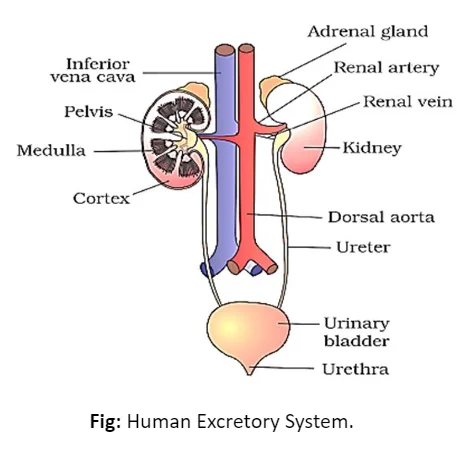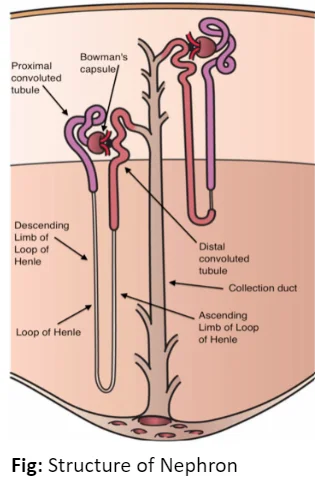![]() June 7, 2024
June 7, 2024
![]() 1818
1818
![]() 0
0
The excretory system is vital for removing waste substances like ammonia, urea, and uric acid from animals’ bodies, maintaining their health. Different animals excrete different types of waste, depending on their habitat and evolutionary adaptations. In humans, the excretory system comprises kidneys, ureters, a urinary bladder, and a urethra, ensuring the elimination of waste and maintaining internal balance.
2. Human Excretory System


| Must Read | |
| Current Affairs | Editorial Analysis |
| Upsc Notes | Upsc Blogs |
| NCERT Notes | Free Main Answer Writing |
<div class="new-fform">
</div>
Latest Comments